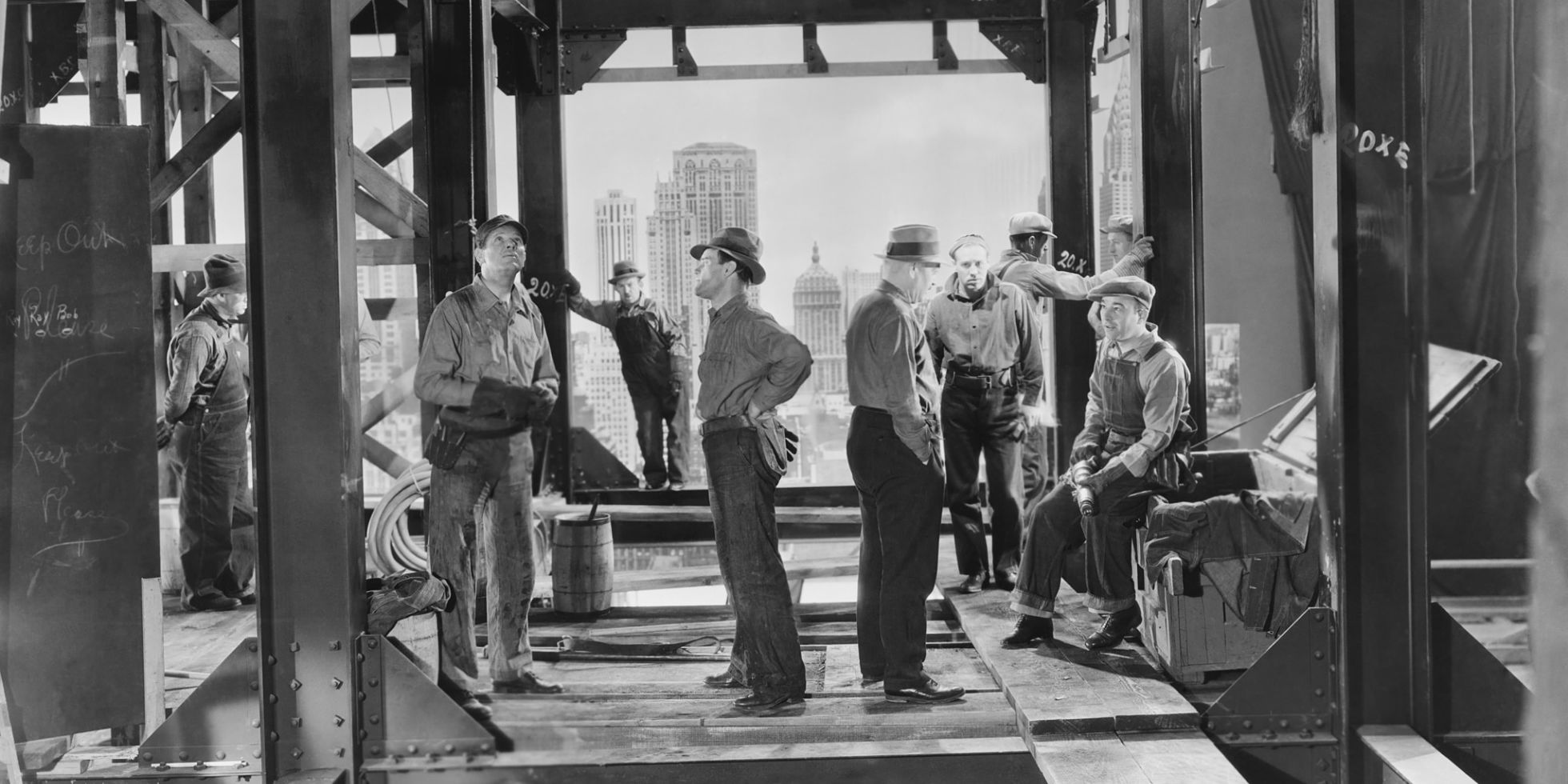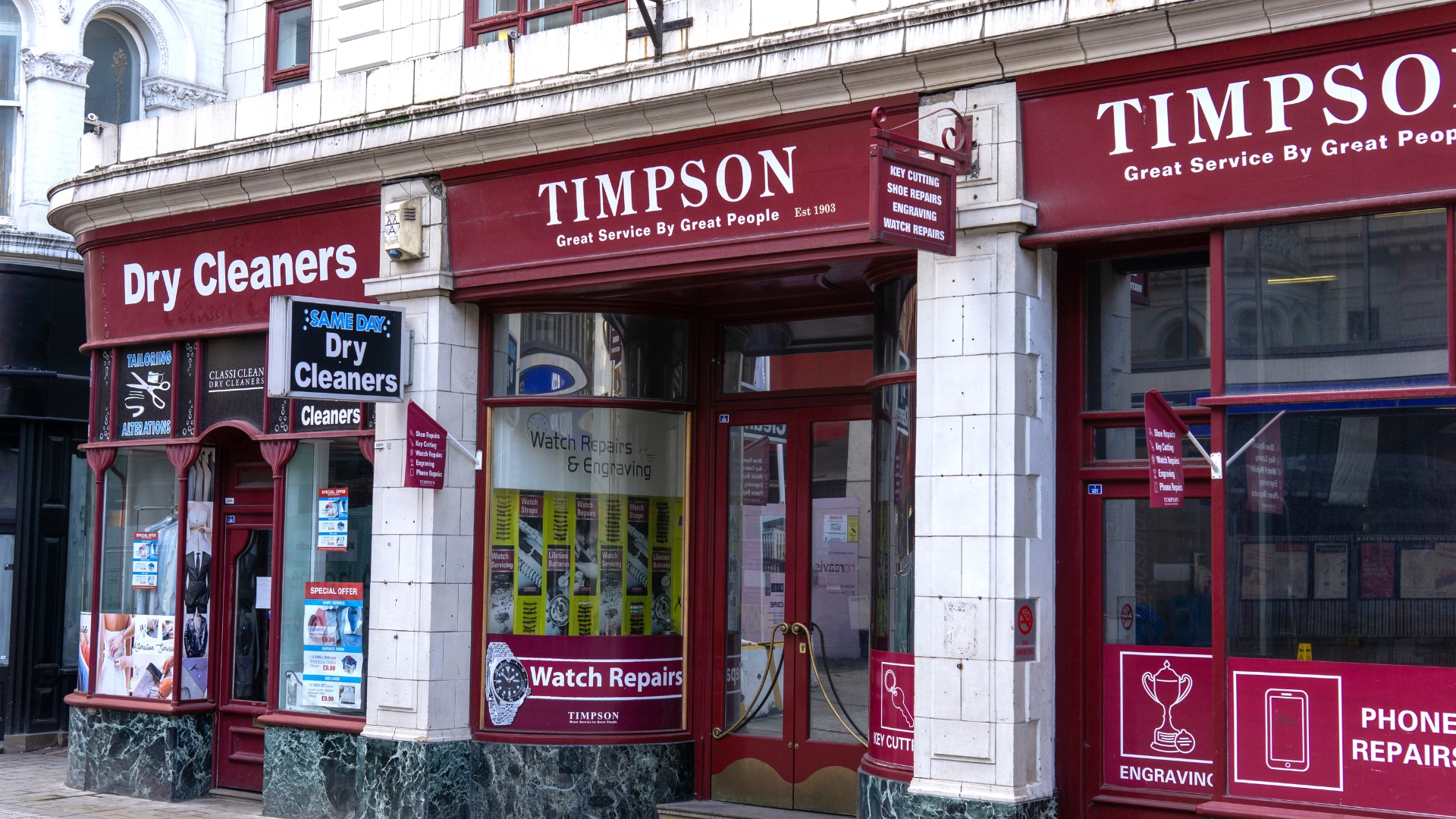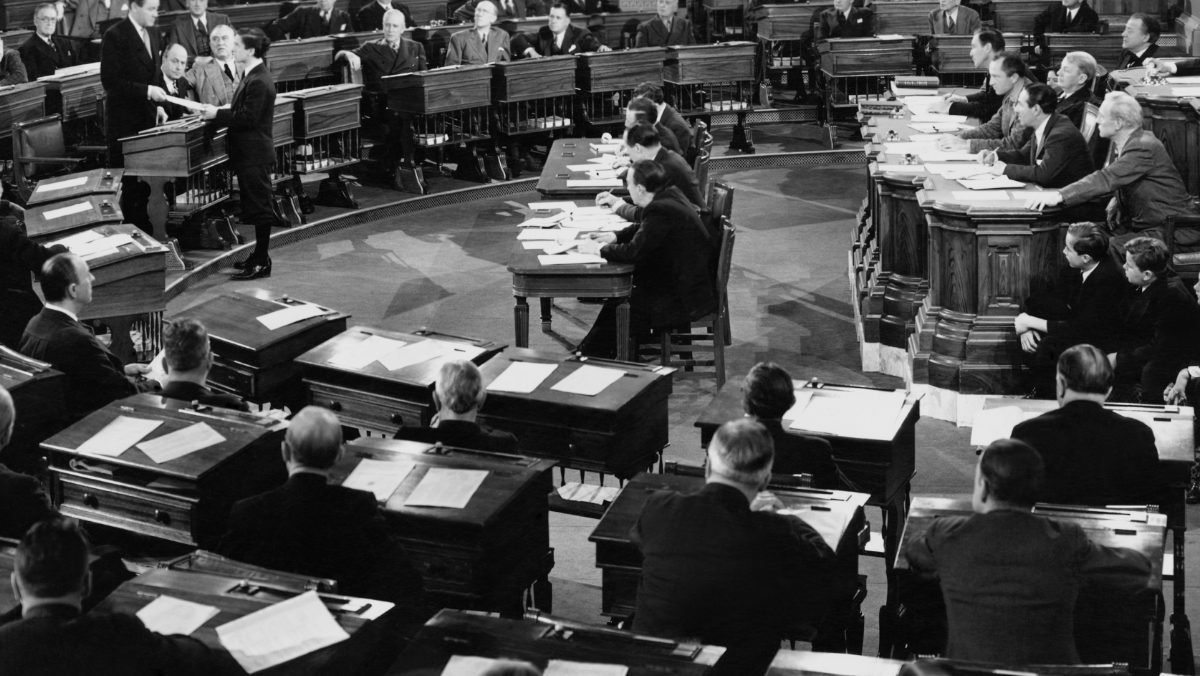Design your employer brand for customers in three parts

Every employer brand must start with customer demand, because it’s by meeting customer demand that employees can be successful. Cliff Ettridge looks at how to design your employer brand for customers in three parts.
The Portuguese value cash more than the Austrians, but not as much as the Dutch. Just one insight from the Randstad report into Employer Brand.
We read a lot about employer brand. One of my favourite reports is the Universum research into employer brand. In these tomes you can find all the clues required to build the right employer brand.
This year – for me – I’m delighted to see that differentiation is at last climbing up the employer brand ladder of priorities. Today, according to Universum, 58% of employers have differentiation as an employer brand objective. Still not high enough in my book. If employer brand managers aren’t looking at differentiation, then what are they competing on? Pay? I think not. Location? OK for some. Team culture? Now here we are getting into differentiation territory.
And differentiation has never been more important because the age old ‘war for talent’ isn’t a war any more. It’s Armageddon. Quite simply, firms will start to go to the wall if they don’t secure not just the talent they need for today, but more importantly the skills required for tomorrow.
Walk into your boardroom tomorrow and say that you have a strategy built around developing a culture that will unlock the skills needed for tomorrow and you’ll have the room’s attention.
CEOs – especially in the finance and tech sectors – rate skills as one of their top concerns. Universities can’t provide people with the skills fast enough, and so employers are having to offer the upskilling and reskilling programmes required to compete. This should be a big pull for employees. And it is in the USA and India, but surprisingly, less so in the UK where purpose and innovation are more important to employees.
But which comes first? The employee or the customer? To my mind, all employer brand work must be led by the customer and what they need. There are no tills in HR, they are all to be found at the coalface of the business and in the R&D functions.
Every employer brand must start with customer demand, because it’s by meeting customer demand that employees can be successful. Develop workplaces focused around delivering the products, services and thinking that customers need today and tomorrow, and you’ll be creating a sustainable business. Of course, there are the basics that you need to get right – inclusivity, fairness, listening etc. But these are at the bottom of Maslow’s pyramid.
So, beware of the data that suggests that employees are judging your brand on Trip Advisor style scores. Take this piece of data from CareerArc for example. Only 21% of candidates would apply to a one-star rated company. Only one in three (34%) would apply to a two-star company. Is that really true?
Listen to this quote. “They are replacing you with cheap labour , foreigners that can’t read ,or speak English let alone cooking English food for vulnerable adults , No food to give the residents and pushing me out of a job . Dread ful company (sic).” That’s a review for Connect Catering, who score 1.9 out of 5 on Glassdoor. This is the same Connect Catering who were ranked first in the Sunday Times Top 100 Companies to work for.
Be careful what you read online. Don’t fall into the trap of thinking that people are swayed by scores on Glassdoor. By way of illustration, at the time of writing according to Glassdoor, The Team are seeking to appoint a Legal Counsel in Karachi. We’re not. Neither do we have offices in Karachi. Perhaps we should.
Hallelujah for Ken Banta & Michael Watras who have called for employer brand to be subsumed into one concept – Brand! For too long, brand managers have failed to consider the inner machinations of the organisations or see employees as anything other than worker bees, a resource to be used for pure delivery. As my client, Steve Kelly, is often saying, “People build brands and brands build businesses.” Today, Employer Branding has to be part of the wider company strategy and not just the HR strategy. As Josh Spilker writes on recruitment.com, “Companies now view the employer brand as part of the CEO’s role, beyond human resources and marketing. A report from Universum found that 60% of CEOs view employer branding as their responsibility.”
TSB have done this exceptionally well. Their employer brand is all about encouraging the behaviours that will enable them to live local banking. It’s designed to help them be a place where employees can connect with customers on a human level. A place where employees can make decisions that are in the interests of the people that bank with them.
There are 3 basic components you must build into your employer brand:
- The brand essence: Why should I work for you and how is this serving my needs and the needs of the customers you serve.
- The experience on the inside: What does it feel like to work inside your company and how do I see this coming to life at every touchpoint
- The deal: What do I get and what do you expect in return? Make clear what the tangible benefits are – be it holiday, training, pay etc. Whatever you choose, be clever and tailor it around what you do for your customers. If you’re into first class service, then training in decision-making or innovation around new consumer-facing digital skills could be a top benefit. And of course, be clear on what behaviours you’ll measure.
We work with clients to get these right so they can put them into operation. English Heritage have used their employer brand to attract and retain storytellers from all walks of life. Three used it to attract and retain people who are unafraid to be different so that they could be the continual ‘punk’ in their sector.
Differentiation is the key. I just wonder what the other 42% are up to.





